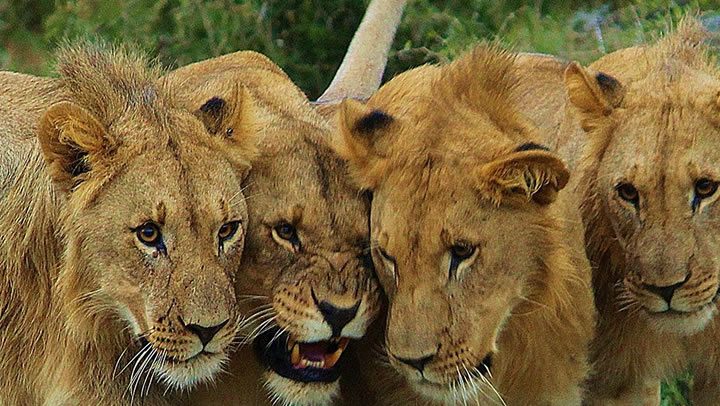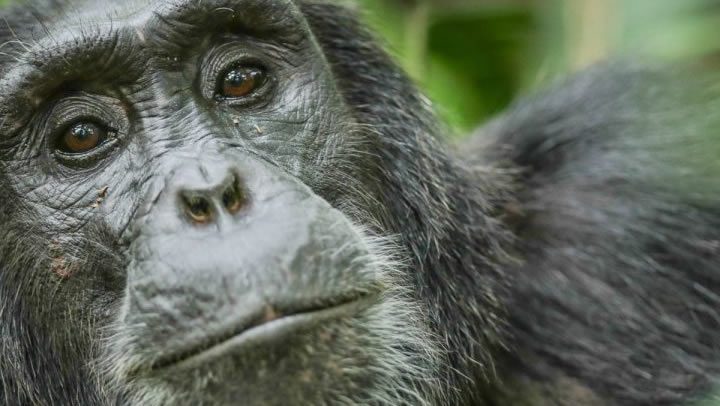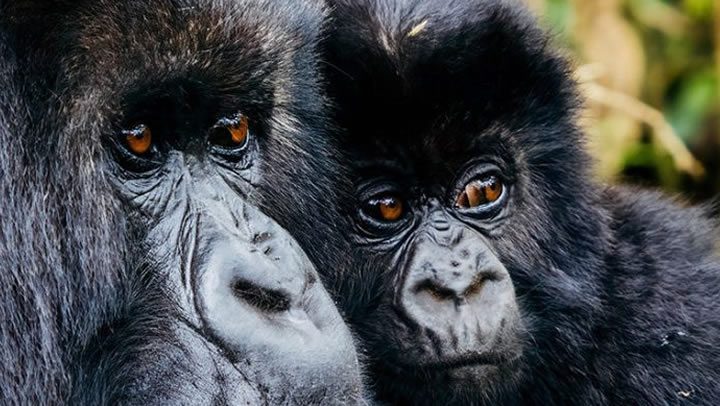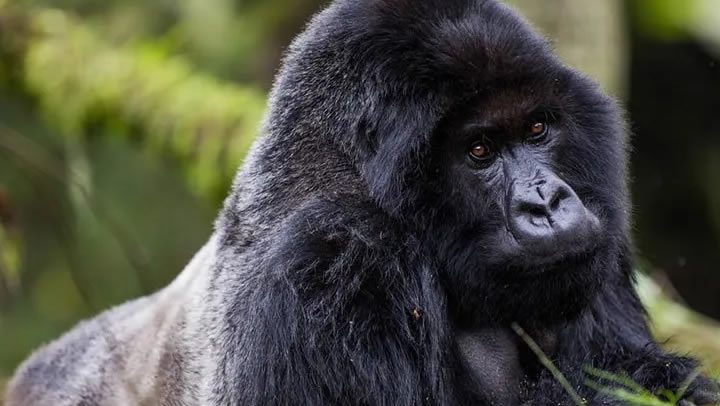Gorilla trekking in Rwanda
Rwanda is a small country whose beauty is not only categorized by thousands of hills and its epic cleanliness but also the presence of endangered mountain gorillas. Tourists can enjoy the views of mountain gorillas that are protected from the slopes of extinct volcanoes found in the naturally crafted massif.
Costs of Gorilla trekking permits in Rwanda.
Every good thing comes with a cost. Every visitor has to pay for the gorilla permits for them to escape to this paying-off journey. Foreign non-residents pay $1500 for each gorilla permit, $500 for foreign residents and $200 for East African residents.
Top Rwanda Gorilla Safaris
7 Days Primates & Wildlife of Rwanda
Overview Immerse yourself in Rwanda’s hidden treasures on a 7 days primates and wildlife of Rwanda. This adventure safari brings... Continue reading→
5 Days Rwanda Chimpanzees & Gorilla Trek
Overview. No adventure can beat the 5 days Rwanda chimpanzees and gorilla trekking experiences. These tour experiences offer thrilling journeys... Continue reading→
3 Days Volcanoes NP Gorilla Trek
Overview: A 3 days Volcanoes National Park gorilla trek will take you for a thrilling experience in the northwestern part... Continue reading→
2 days Volcanoes Gorilla Trek
Overview Experience a gorilla expedition on your 2 day Volcanoes gorilla trek. This safari adventure will start and end in... Continue reading→
Types of Gorillas in Rwanda
- Mountain gorillas.
Rwanda boasts sheltering the famous mountain gorillas which are a sub-group of eastern gorillas. This type lives in the Virunga region and lives in forested areas at altitudes ranging between 8,000 and 12,000 feet.
These types of gorillas stand out because of their thick and dark shimmering fur. Their thick fur keeps them cool during cold temperatures that reign on the mountain slopes. Mountain gorillas are the second most endangered among all the four gorilla species.
Rules and regulations for gorilla trekking in Rwanda
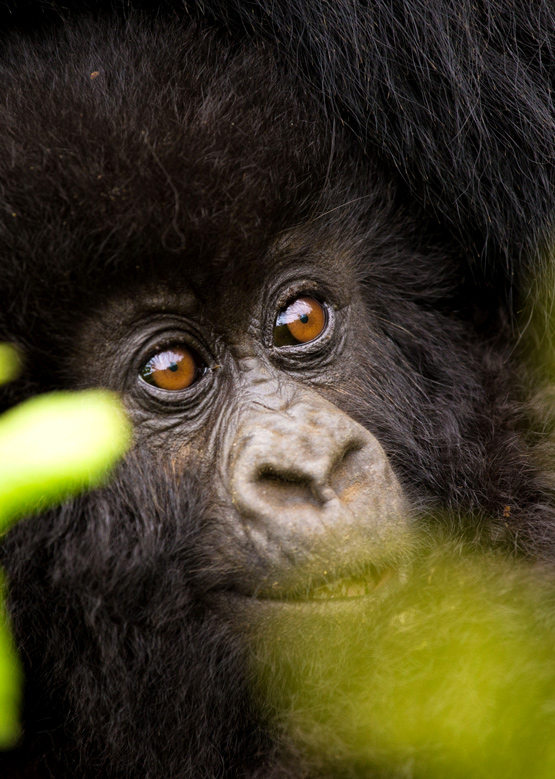 In the quest to protect the lives of endangered mountain gorillas, Rwanda Development Board set up some rules and regulations that tourists should follow to protect the delicate life of these rare primates.
In the quest to protect the lives of endangered mountain gorillas, Rwanda Development Board set up some rules and regulations that tourists should follow to protect the delicate life of these rare primates.
While trekking;
-
- They are supposed to converge at the park head quarters to listen to all the necessary information they need to know before trekking. This involves the rules and regulations that are given to them by the park guides.
- Visitors then form groups of 8 members maximum. This is done to prevent the amazing gorillas from being distracted and minimize the spread of human diseases to these apes.
- Children are not allowed to engage in the activity. Adults from the age of 15 and above are the only ones supposed to trek as kids usually have childhood illnesses and may not appropriately adhere to the rules.
- While trekking, visitors should strictly follow directions of their ranger and guides. You should not do anything if not advised by your guide.
- Voices should be as minimal as possible to avoid distracting the apes. This also helps tourists to gaze at various park attractions like birds, rare insects and other primates.
- Visitors should not litter or carry rubbish that is in any form like food packages among others.
After meeting the long-awaited mountain gorillas
- Stay in the groups tightly. This means that visitors should not scatter or wander alone or try to get closer to the apes.
- The safest distance that should be between the apes and visitors is only 7 meters. This protects mountains from catching any disease that could be transmitted by visitors.
- Do not eat while in the presence of gorillas. Tourists who cannot resist eating should ensure that they do so at a distance that is about 200 meters from the apes.
- Do not touch the gorillas even if there is an urge to.
- In case the gorillas charge, you should not panic but rather listen carefully to the instructions given to them by the guides on how to overcome the situation.
- Visitors should desist from using cameras with flashlights while viewing the gorillas to avoid irritating them.
- Tourists are supposed to only spend one hour with the gorillas while enjoying their presence, the strength of a silverback, juveniles, etc.
- Visitors who need to use the toilet while trekking should seek help from the guides and a hole is dug for them. The hole should be deep enough and properly covered after use.
- In case a visitor gets an urge to cough or sneeze, they are supposed to turn away from the gorillas and properly cover their nose and mouth.
- Those who fall sick even on the trekking day should not engage in this activity to prevent the animals from contracting the disease.
Gorilla groups in Rwanda
Rwanda is an epic destination for tourists interested in wandering in the forests of the Volcanoes National Park to trek mountain gorillas. There are quite several gorillas that roam the forests of this magical national park. However, only 10 gorilla families are habituated and open for gorilla trekking and it’s believed that other mountain gorillas are solo and feed out in the wild on their own.
Some of the most famous gorilla families in Rwanda include; -
- Susa gorilla family
History has it that this was the largest gorilla family in the forest before it split up. Susa is a name given to this family as they were first seen close to Susa River. It has a total of 29 family members and includes 3 silverbacks.
This family was particularly of great interest to Dian Fossey as she used it quite a lot during her studies. It gained famed during the time the family bore twins.
- Karisimbi
This is also referred to as Susa B as it came into existence after its breaking up from Susa A. This gorilla family is proud to have 15 members including 3 silver backs.
- Ugyendo group
Trekking this group is not difficult as they live on the slopes of mountain Visoke. The family has 11 members that include one silverback.
- Bwenge gorilla group
Bwenge means brightness and this family stays close to Ugyendo gorilla family. The family is comprised of ten members with one leader.
- Agasha gorilla group
This group was originally called group 13 but it was later called Agasha gorilla family after Agasha defeated the silverback that was leading at the time. The family has 25 members including two silverbacks.
- Hirwa gorilla family
This group was a merger between some gorillas from group 13 and others from sabyino. Hirwa means the lucky one and they were named this because the family has twins among its family members. The family has one silver back that leads a family of twelve members.
- Kwitonda gorilla family
Kwitonda means the humble one and this name was given to the family because of the lead silverback being humble.
This group is the most difficult to track and has a total of eighteen members including two mountain gorillas.
- Umubano gorilla family
Umubano means “living together”. This family broke away from Amahoro family and the two gorilla families still share the same territory and live together in peace and harmony. Umubano family has eleven members with one silverback.
- Amahoro family
Amahoro means peace. The silverback of this family is the most peaceful of them all. It has lost many family members due to rejecting challenges. The family has seventeen members and one peaceful silverback.
- Sabyinyo family
This group got its name due to the slopes of Mount. Sabyinyo where they usually spend their time. This family has 12 members and 1 silverback.
Best time to trek gorillas in Rwanda
The best time to trek gorillas in Rwanda is during the long dry season that spans from June to October and December to early March. The dry weather provides passable roads, dry hiking trails and perfect weather for taking clear beautiful photographs during gorilla trekking.

